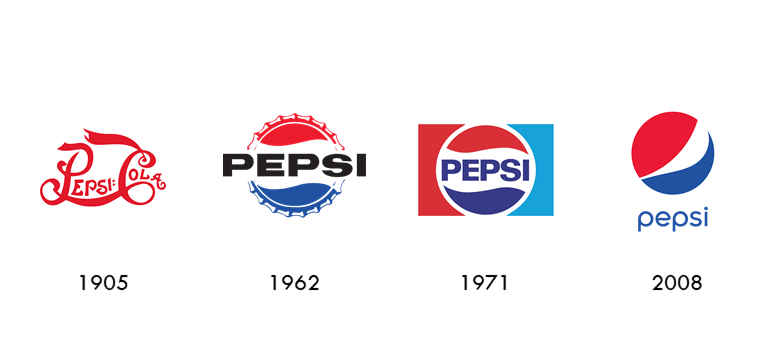Starting a small business can be one of the most rewarding things you’ll ever do. Whether you’ve got a passion for cake baking, web design, or producing honey, the feeling of launching your own venture can be truly gratifying. But once you’ve created your business, you still need to put it out there and make it visible to the right people. You know you need to do marketing, but what if you have no idea where to start?
In this blog post, we’ll discuss how to start marketing your small business. Everything becomes much easier once you have a plan!
1. Define Your Audience
Before you can market your business, you need to determine who your audience is. Who are the people that will benefit from your product or service? What kind of people are they? Are they male, female, or both? What are their interests, needs, budget, and profession? How old are they?
Writing these things down will help you tailor your messages to your target audience in a way that resonates with them. It’s important to note that you’ll rarely find a one-size-fits-all solution. So, you’ll probably need to create different messages for different groups of people and test, test, test!
2. Create a Brand Identity
Creating a brand is one of the most important steps in starting a small business. A brand identity is essential because it’s how you’ll present your business to the world. It should be visually appealing, but it should also encompass your company’s values and mission.
If you are not confident in creating your own brand identity, then it’s always a good idea to hire a professional designer to help you in developing an eye-catching logo, website, packaging design, and other marketing materials. But don’t get stuck on the design details – it’s better to start communicating with customers than wait for the perfect design. Your company as your brand is ever-evolving and will never be fully finished.

3. Have a Website That Works For You
A website is an essential tool for building trust for any small business. Your website should be easy to use, informative, and visually appealing. It’s your company’s home base – it’s where people can find out more information about what you offer, read customer testimonials, contact you, and make purchases or book appointments.
A great website is not only visually appealing but it’s also easy to navigate and informative. Your website’s primary goal is to showcase who you are and to make the customer’s journey to purchasing your services or products as short as possible. As with your brand, your website is a living organism that should be evaluated and updated every few months. Don’t get too caught up with the bells and whistles when starting out – just put yourself and your business out there! There’s always plenty of time to tweak your website.
4. Develop a Marketing Plan
As mentioned before, everything becomes much more manageable once you have a plan. Developing a comprehensive and well-laid-out marketing plan is critical to getting your message across to potential customers. The first things to define are your target audience, goals, budget, and timeline. Also, create a plan for tracking the results of your campaigns.
Once you’ve finished your marketing plan, it’s time to implement it! There are many different ways to reach potential customers: from social media campaigns and email marketing to PPC advertising and search engine optimization (SEO).
5. Utilize Social Media
Social media platforms are great for small businesses to increase their online visibility, engage with customers and generate leads. However, don’t just jump on the bandwagon of every platform out there just because you can. Instead, identify where your target audience hangs out in the social media sphere and focus your efforts there.
When choosing your platforms, it will depend on your business type. For example, e-commerce shop owners might benefit from visual platforms like Instagram or Facebook, while B2B service providers will probably find more success on LinkedIn. It might also be a good idea to take some social media courses or book a meeting with a social media strategist if you are unsure how to get started.
6. Get Your Foot In The Door Witch Digital Ads
Digital advertising is a great way to gain visibility for your small business. You can choose from various types of digital ads, such as pay-per-click (PPC) search ads, social media ads, and display ads.
Investing in the right ad type that works best for your brand and target audience is essential. When creating an ad campaign, consider your budget, the size of your target audience, and what kind of message you want to get across. Hiring a professional might be a good idea if you don’t feel confident about managing your ad campaigns on your own.
7. Monitor Your Progress
Successful marketing is not a sprint but a marathon. To make progress, you need to keep an eye on your results. You can track monthly website visits, monitor social media engagement, or track the effectiveness of discount codes and promotions. This will give you factual data to make informed decisions on what works and what marketing activities should be paused or set aside for the time being – or even better, what activities earn you the best return on investment (ROI) and should be kicked into high gear.
As a small business owner, getting started with marketing may seem intimidating. But with some planning and hard work, you can easily make your business stand out without a million-dollar budget! By following these simple steps, you can turn your small business into a successful brand. You probably don’t have any excuses not to take the first step now, so off you go and get started!
If you’re stuck for ideas or intimidated by digital platforms and budgets, don’t hesitate to get in touch with us for a free 30-minute consultation. No strings attached. Ever. Or just write and say hi! We’d be happy to hear from you and cheer you on with your small business venture.




